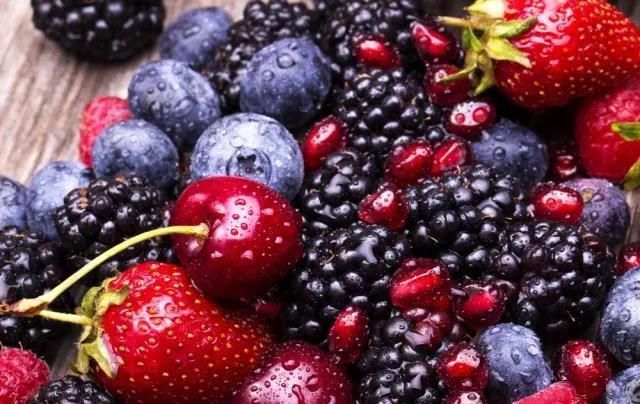Nowadays, we pay more and more attention to the health of our children. However, in addition to caring about whether the child eats well or not and whether the body is healthy, the relationship between our children's vision is often lagging behind. In the plant kingdom, purple plants are rich in anthocyanins, a nutrient that is good for the eyes. If we can plant some plants at home that produce purple fruits and let the children eat more, it will undoubtedly be a good thing for their eyes.

Blueberry potted plants are a good choice. Although blueberry fruits are now sold everywhere, the price is more expensive, and it costs dozens of dollars a pound. If we spend the same amount of money to buy a blueberry seedling and raise it well, it will be able to blossom and bear fruit almost every year. So what do we need to pay attention to when we grow blueberries at home?
First of all, the habits of blueberries. The blueberry is somewhat paradoxical, it likes water and is afraid of siltation. If we have our own soil, we should use some soil with good air permeability. For example, coarse-grained coconut bran, plus some fermented bark particles, and then add some pine needle soil, the average ratio of the three, you can mix a more suitable soil for blueberry growth. If you can add a little more perlite and grass charcoal soil, you can also add extra acidic substances to blueberries. Blueberries grown in such a flower soil usually have very full fruit.
The second is to ensure light. Blueberries prefer light by nature, and only vigorous photosynthesis can make its fruit sweet and taste good. Potted blueberries, in fact, are also a kind of fruit tree, not very squeamish, all year round in the outdoor light-filled environment, there is no problem at all. If placed indoors, the light is insufficient, not only the fruit is not good, but also easy to cause yellow leaves, fallen leaves and even plant death.
Then there is watering. The way blueberries are watered is very controversial, some people say that they are watered once a day, and some people say that they are watered several times a day. None of this is true. Blueberry watering cannot be dogmatic, it should be adapted. The correct way is to determine the number of watering and the amount of watering according to the degree of dryness and wetness of the potting soil. Usually, if we use our hands from time to time to cut it, the soil surface is dry, or the whole basin is dry, just pour it through in time. This can ensure that the potted soil is not short of water, nor will it cause siltation. In the summer, the temperature is high and the soil dries quickly, so it is no problem to water it a few times; if the temperature in spring and autumn is average, and the soil dries slowly, then water it a few times less. Only by keeping the root system dry and breathable, the plant will grow well and there will be more flowering and fruit. If the humidity is too high, it will cause rotten roots and leaves.
Then there's rational fertilization. The type of nutrient requirements for blueberries during the growth and fruiting periods is different. Generally speaking, during the budding period in spring, the top of the blueberry will grow buds. At this time, it should be given a fertilizer with high phosphorus. For example, the fermented fish scale fish bone fertilizer water, or fertilizer with a high phosphorus content. When the flowers are finished and the results begin, it is necessary to supplement fertilizers with more elements, such as fertilizers with balanced nitrogen, phosphorus and potassium. The frequency of fertilization is guaranteed to be 2 to 3 times a month. At the same time, be careful not to be too high concentration.
Finally, pruning. After the blueberry has finished flowering, it is necessary to cut off the weak branches and keep only the thick branches. Only by concentrating all the nutrients can we ensure rapid bud growth results. If the bud grows taller, then the branch should not be cut off. By the second year, these branches will bloom directly. In this way, the new branches and old branches add up, and they can produce several pounds of fruit at a time. Giving it to children in this way is definitely good for their health.